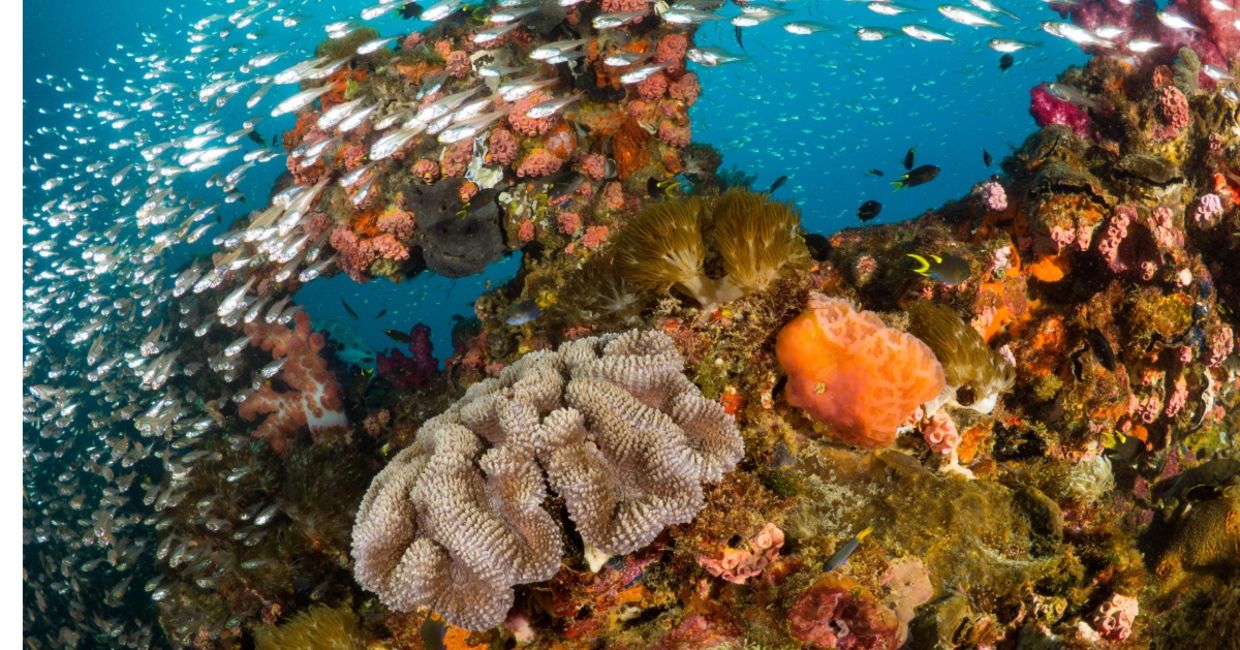
(Coral Brunner / Shutterstock.com)
Reefs are the lifeblood of the ocean. They are the infrastructure that provides shelter and food for numerous species of marine life. But not all reefs are natural.
But there hasn't been a way to tell how many artificial reefs there are. Now, researchers from the National Oceanic and Atmospheric Administration are calculating the footprint of all intentional artificial reefs in the US. This is the first step in gaining a comprehensive understanding of how artificial reefs work within a given environment and how the ocean responds to them.
Unusual reefs
For over a century, Fast Company reports, a strange and varied assortment of objects have been placed on the ocean floors around the United States in the hope that they would serve as artificial reefs. From train cars to ships, and even chicken transport cages.
According to The US National Centers for Coastal Ocean Science, almost any structure has been used to create artificial reefs. These sunken objects create restored habitats for marine life and provide economic boosts in the forms of the diving and fishing industries. These artificial reefs serve as stepping stones for reef fish as they expand their territory northwards following warming sea temperatures.
However, many of these projects are funded and implemented on a state level, making it difficult to gain a wider picture of how effective these reefs are, as well as their impact on the ocean.
Miles of artificial reefs
Now, a new era in the study of artificial reefs has begun, as the research that was published in Nature Sustainability has quantified the physical footprint of the artificial reefs in the US. The researchers found that there are seven square miles of artificial reefs on the seafloors in US territory. That’s about 3,600 football fields.
The researchers also found that the arrival of fish at the reefs followed a pattern, according to Fast Company. First transient fish like jacks and barracudas appear, then smaller reef dwelling fish. Eventually, plants begin to grow on the artificial reefs, which provide shelter and food for the fish. The study in is an important start in learning how these reefs can help sustain marine life.
YOU MIGHT ALSO LIKE:
Sea Weeding Helps Corals Grow
Introducing the New Artificial Reef in the Netherlands
A Bounty of New Corals Found on the World’s Largest Coral Reef







